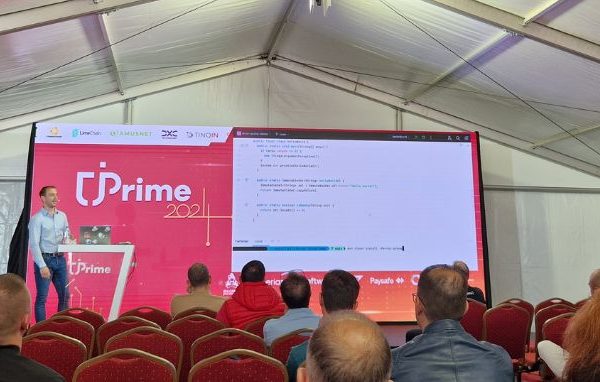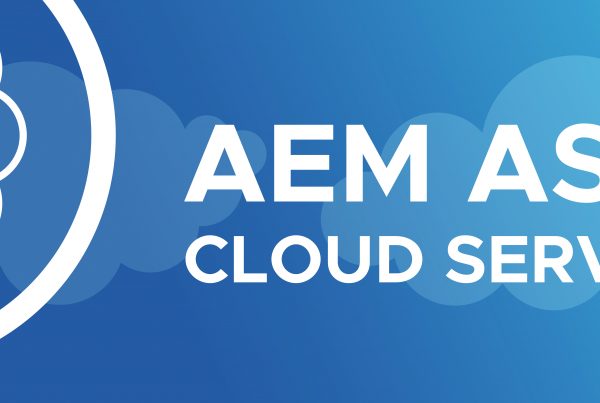What is White Label?
A white-labelled product is basically a software product or a service that is developed or created by some company and other companies can buy and rebrand it to their need so the users of this product don’t know about the real creator of the product but the brand. To explain it better, assume that there is a white-label company that makes an app and sells it to companies A and B and then they rename the app name to A and B and change the content of the app corresponding to their products so then the application becomes the service of companies A and B.
Why to use White Label product?
White label products become handy in certain situations. Especially it is better to go with a white-label solution when you want to enter a market with a minimum cost and time. It might be in case you want to start a startup project and don’t want to invest much in the beginning then the white-label solution is a good choice. Some advantages and disadvantages of using a white-label solution are listed below:
Advantages:
- Less time to market time
- Cost-efficient (time, money)
- No developer hiring needed
Disadvantages:
- Fewer customization capabilities
- No control over the quality of the software
- Dependency on external sources (developer)
Important points to consider
There are some important aspects which should be considered by a company which makes a white-label solution and by a client of this product.
- Technical documentation – complete technical documentation of the software depending on the agreement between both sides.
- Scope of customization – both sides must know which parts of the product can be customized, what kind of new functionalities can be added, what kind of limitations might occur or etc.
- Maintenance & Support – for how long and what kind of maintenance and support should a client expect.
A simple explanation of how to implement a White Label for Android application
In Android, it is simple to do white label implementation thanks to “productFlavors” and “flavorDimensions“. By means of these two terms, it is possible to have different resources for different applications such as different themes, colours, logos, application names and etc. Additionally, using the” gradle” file we can also create some configurations to enable or disable certain functionalities of the app based on the needs of the customer. At the end when we build the application, only the resources which belong to the selected flavour and dimension will be included in the apk file.
Conclusion
To conclude the blogpost I would emphasize the two reasons which I think the most important reasons to use a white label product for your projects. The first one is it would cost you less financial investment (saving money). The second is less time to market time (quick launch) since you don’t need to do everything from scratch. These reasons sound good but it is better you always do your own analysis and comparisons before you decide what is best for your scenario.
Thanks for reading!
Below I have listed some links which I think is worth checking if you are going to implement a white label for an Android project:
- https://www.biznessapps.com/blog/app-reseller-tip-what-makes-a-successful-white-label-mobile-app/
- https://www.raywenderlich.com/5175277-white-labeling-android-apps-getting-started
- https://willowtreeapps.com/ideas/building-scalable-white-label-android-apps
- https://codecondo.com/what-are-white-label-apps-are-they-a-good-idea/
- https://proandroiddev.com/advanced-android-flavors-part-1-building-white-label-apps-on-android-ade16af23bcf



